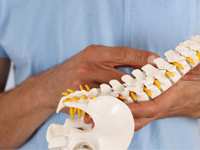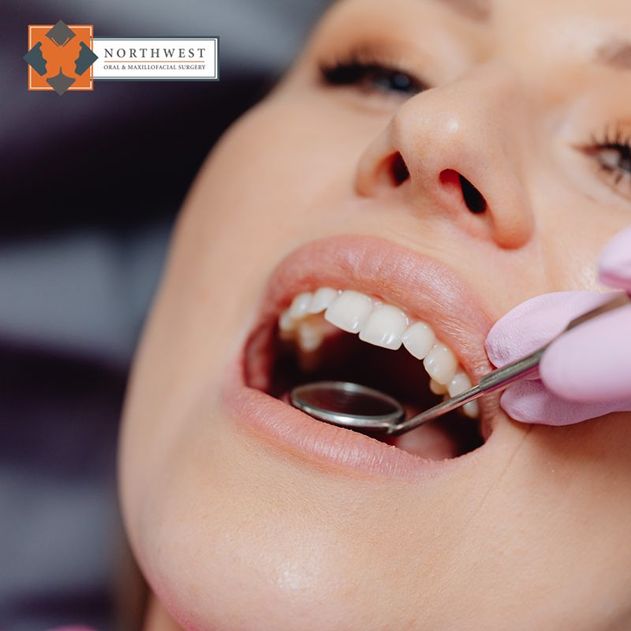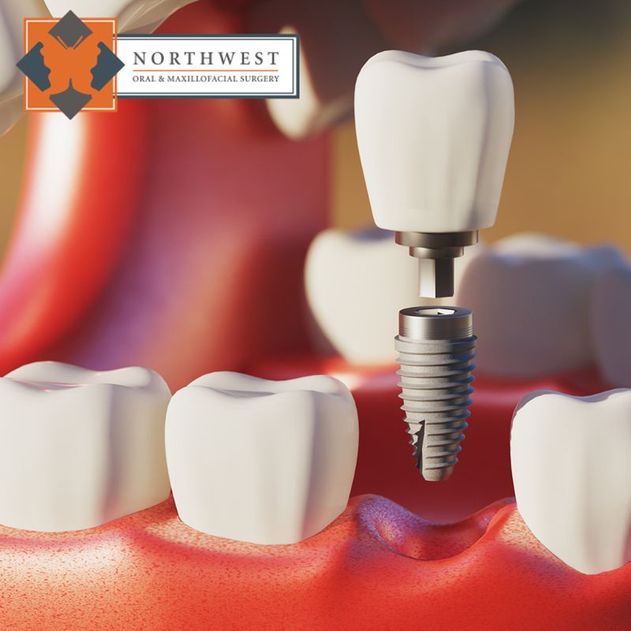- Categories :
- More
Chiropractic Care for Headache Relief

Every day, more than 15% of people worldwide experience some type of headache, according to an analysis published in The Journal of Headache Pain in 2022. Some suffer from tension headaches after a stressful day at work, while others endure the pain of migraines or sinus headaches. If headaches frequently keep you from making the most of your day, chiropractic treatment can ease your pain.
The Connection Between the Spine and Headaches
Vertebrae in your neck and back form your spinal column. These small bones encase the spinal cord and are essential for back and neck flexibility and movement. Misalignments, or subluxations, of the vertebrae can trigger or worsen headaches. Subluxations press on tissues and nerves, causing or worsening muscle tension, irritation, and pain. Misalignments may also decrease blood flow to the head.
How Chiropractic Treatment Relieves Headache Pain
Chiropractic treatments correct subluxations, relieve pressure on nerves and blood vessels, reduce inflammation, and decrease muscle tension.
Chiropractors use several therapies to treat headache pain, including:
- Spinal Manipulation. Your chiropractor may recommend spinal manipulation, or an adjustment, if you suffer from frequent headaches. During this treatment, your doctor realigns the vertebrae in your spine with quick, hands-on pressure or a handheld activator.
- Soft Tissue Treatments. Massage and soft tissue mobilization loosen tight muscles and tissues in the head, neck, shoulders, and upper back.
- Trigger Point Therapy. A knot in your neck, head, shoulder, or upper back muscles could be the reason your headaches won't go away. Pain isn't always felt at the source. For example, a knot in your upper back could cause pain that extends to your neck or head. Applying pressure to tight muscle fibers loosens the knots, relieving headache pain.
- Exercise. Your chiropractor will teach you exercises that stretch and strengthen your neck, back, and shoulder muscles.
What Kind of Headaches Do Chiropractors Treat?
Chiropractors treat many kinds of headaches, including:
- Tension. Tension headaches, the most common type of headache, can be caused by stress, poor posture, or tight muscles. The American Chiropractic Association notes that muscle tension in the neck is associated with the majority of primary headaches (tension, migraine, and cluster headaches). Also called "hatband" headaches, tension headaches cause pain and pressure in the forehead, temples, and back of the head.
- Cervicogenic. Cervicogenic headaches start in the neck, but trigger pain in the temples, head, or behind the eyes. These headaches may occur due to poor posture, whiplash, or joint issues in the spine. Patients with cervicogenic headaches who received spinal manipulation therapy had fewer headaches after treatment, according to a research study published in BMC Research Notes in 2017
- Sinus. Inflamed sinuses cause congestion, which may lead to pressure and pain in and around the cheeks, forehead, neck, eyes and base of the skull. Chiropractic treatments relieve neck pain, ease pressure, and may even help the sinuses drain.
- Migraines. Migraine headaches cause intense pain that may be accompanied by nausea, vomiting, dizziness, stiff neck, and sensitivity to light, sounds, and odors. In a case series published in Global Advances in Medicine and Health in 2019, researchers noted that spinal manipulation and soft tissue therapy decreased migraine frequency and reduced migraine and neck pain. They attributed the improvements in migraine symptoms to the combination of neurological and chiropractic care the patients received.
- Cluster. Cluster headaches affect one side of the head, causing severe pain around the eye. The headaches occur in groups, or clusters, and may last days or weeks. Spinal manipulation eases muscle tension caused by cluster headaches and could reduce pain.
- Post Concussion. Chiropractic treatment also helps post-concussion headaches. Treatments relax tight muscles and correct subluxations that can occur as a result of falls, accidents, and blows to the head. In a case series published in the Journal of Contemporary Chiropractic in 2019, chiropractors noted the effectiveness of craniocervical junction adjustments in relieving concussion symptoms. The base of the skull meets the neck at the craniocervical junction. Concussion patients who received spinal manipulation in this area reported fewer headaches and saw improvements in neck pain, dizziness and concentration.
Do your headaches interfere with your life? Contact our office to schedule an appointment with the chiropractor.
Sources:
The Journal of Headache Pain: The Global Prevalence of Headache: An Update, with Analysis of the Influences of Methodological Factors on Prevalence Estimates, 4/12/2022
https://thejournalofheadacheandpain.biomedcentral.com/articles/10.1186/s10194-022-01402-2
American Chiropractic Association: Headaches
https://www.acatoday.org/patients/headaches-and-chiropractic/
BMC Research Notes: Chiropractic Spinal Manipulative Therapy for Cervicogenic Headaches: A Single-Blinded, Placebo, Randomized Controlled Trial, 7/24/2017
https://pmc.ncbi.nlm.nih.gov/articles/PMC5525198/
Global Advances in Integrative Medicine and Health: Integrating Chiropractic Care into the Treatment of Migraine Headaches in a Tertiary Care Hospital: A Case Series, 3/28/2019
https://journals.sagepub.com/doi/10.1177/2164956119835778
Journal of Contemporary Chiropractic: Chiropractic Management of the Craniocervical Junction in Post-Concussion Syndrome: A Case Series, 2/11/2019

















